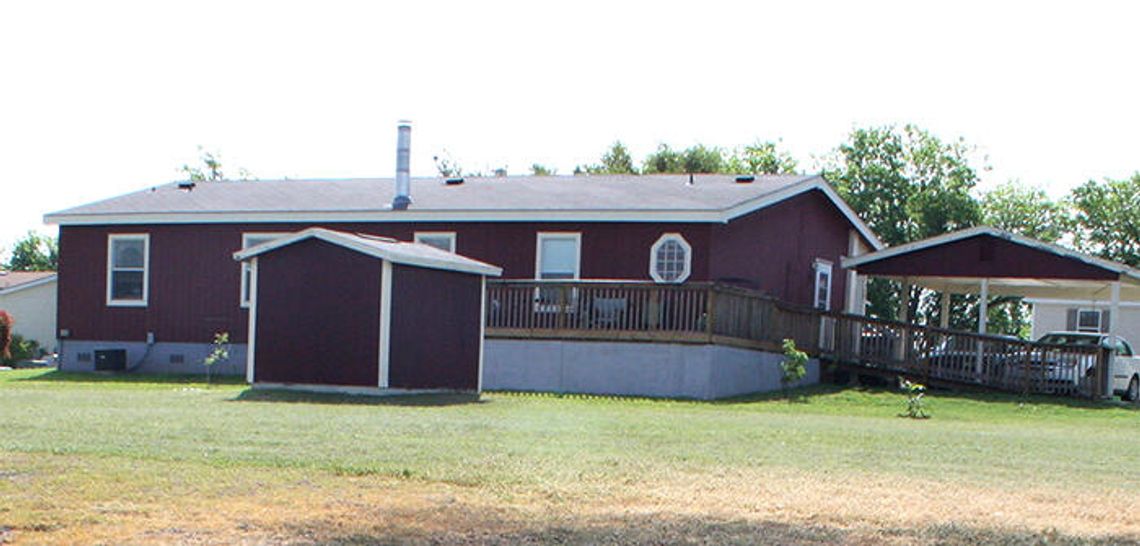Property rights concerns extending to proposed code changes on accessory structures kept Kyle city leaders from taking any possible action June 5.
Kyle’s proposed changes would have enforced five feet between an accessory structure and fence line, and ten feet from any other accessory structures.
Kyle’s proposed changes would have enforced five feet between an accessory structure and fence line, and ten feet from any other accessory structures.
Howard Koontz, director of planning for the city of Kyle, said code amendments proposed followed guidelines from other municipalities he worked with, giving code enforcement a clear way to enforce these accessory units.
But the proposed changes, which were narrowly approved by Kyle’s Planning and Zoning Commission in a 3-2 vote, were tabled by council.
Some Kyle city leaders believed the amendments place a limit on what residents can do on their property, while conflicting with rules set up by homeowners associations (HOAs).
“This will cause confusion with our HOAs,” said council member Damon Fogley. “When code enforcement starts cracking down, we will see public confusion and concern. To me, it’s a little confusing for everyone.”
However, councilmember Tracy Scheel said the setback would allow people to have access to the back of their fence for any potential repairs. Additionally, if the city needed to work on utility lines at the back of a property, the setback would not hinder operations or cause any damage to a permanent accessory building.
Councilmember Daphne Tenorio said the amendment takes the rights away from homeowners by enforcing rules in their backyard. For residents who intentionally live in neighborhoods without an HOA, the setback would be the same as living in an area regulated by an HOA.
Mayor Pro Tem Shane Arabie said the setbacks are a safety measure that could prevent the spread of fires, pests and a degrading fence line.
“This deals with all accessory structures,” said James Earp, assistant city manager. “If you minimize the setback overall, someone could technically build their garage along the fenceline.”
Council chose to table the item to give Koontz time to meet with HOAs and receive public input on potential code change.
“If I wanted to live in an HOA, I would,” Tenorio said. “We need to ensure our HOAs have their own power. I’m totally opposed to this.”











